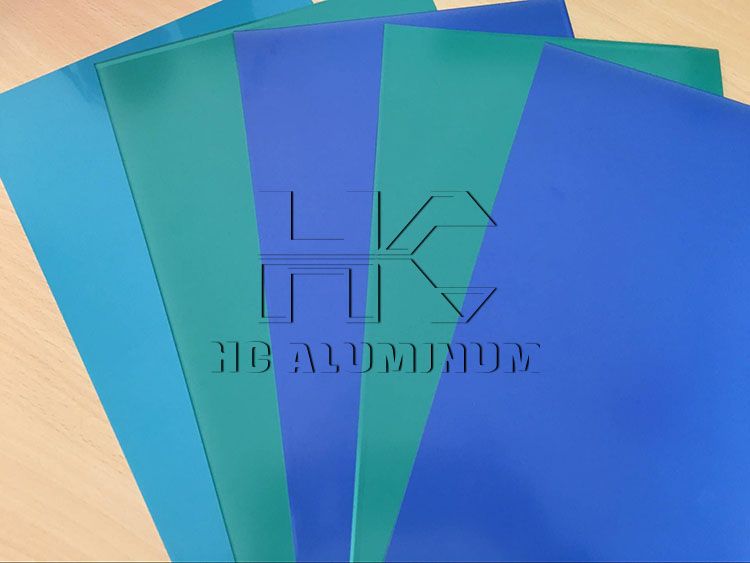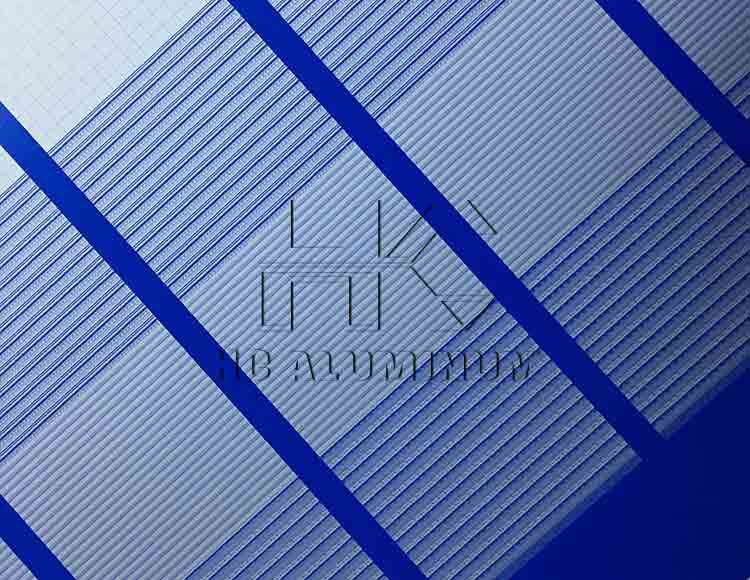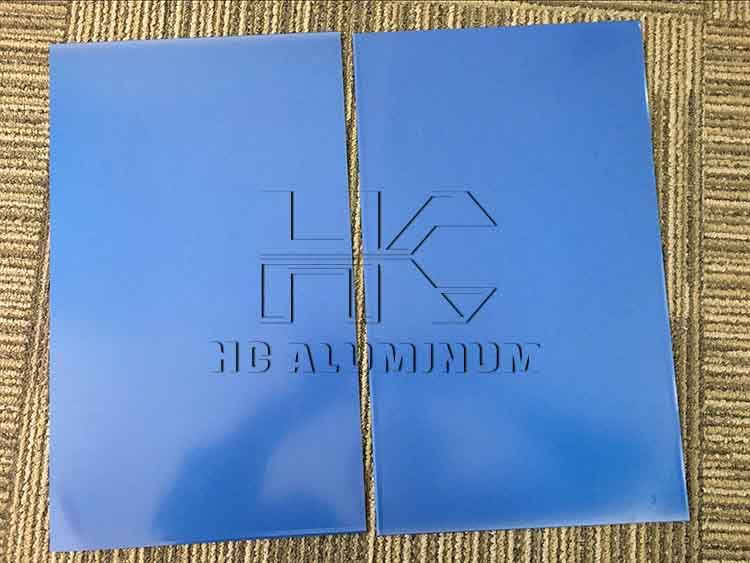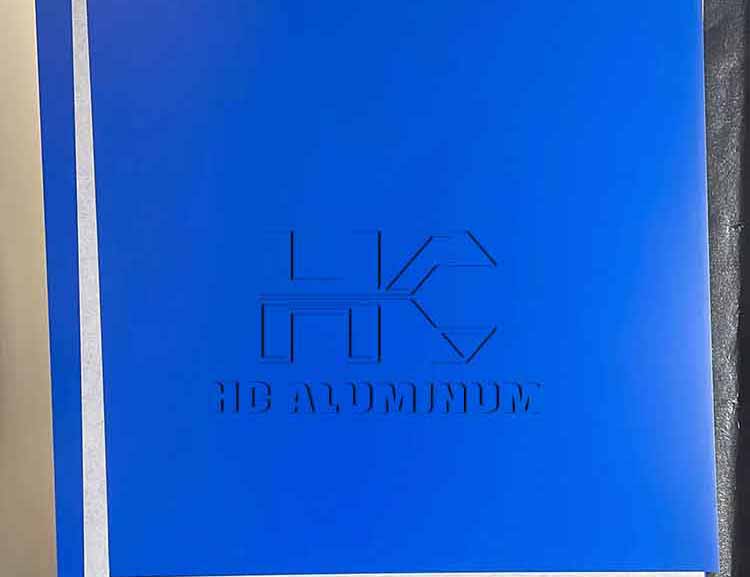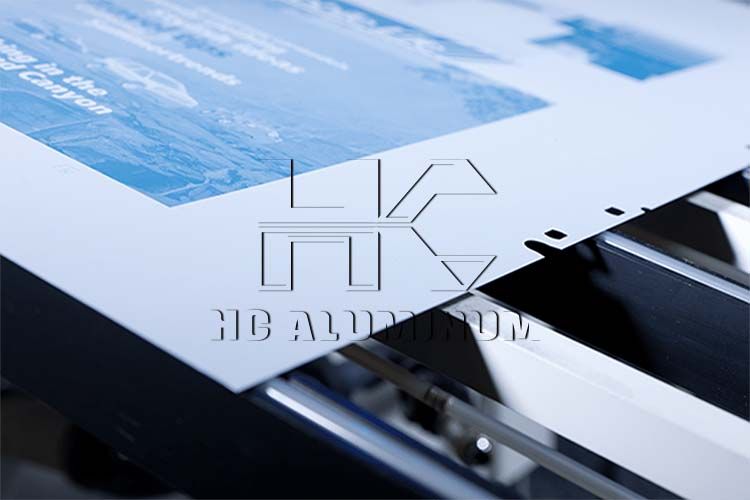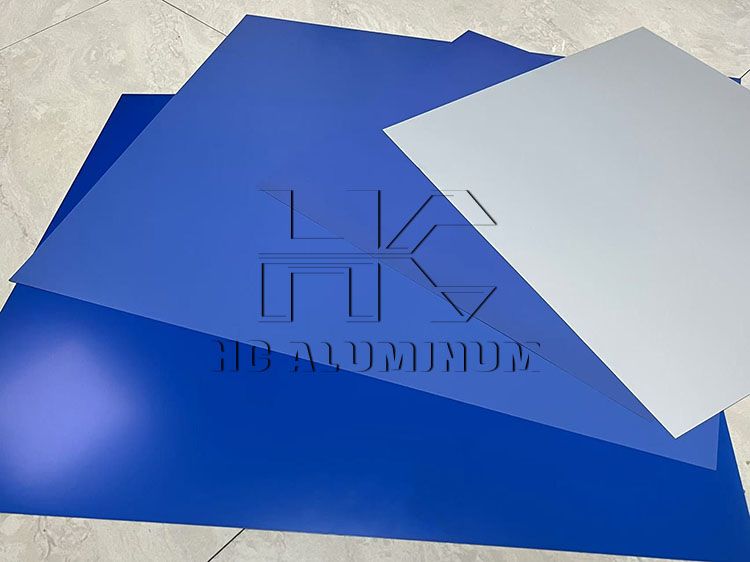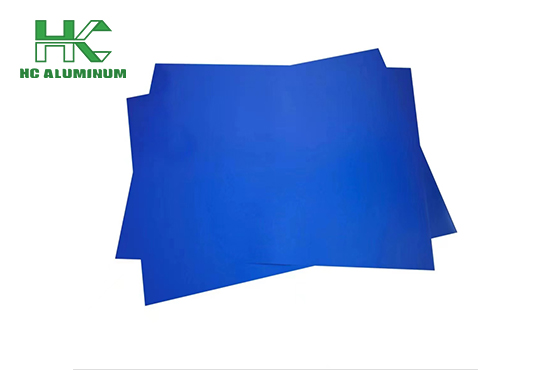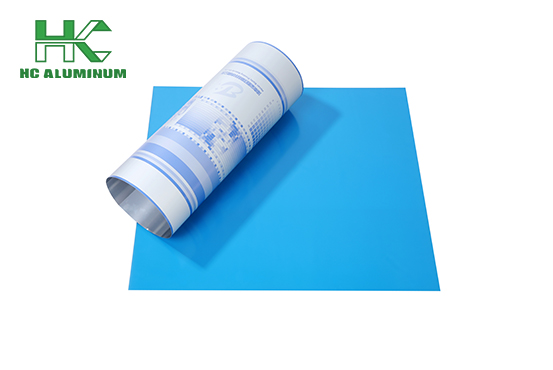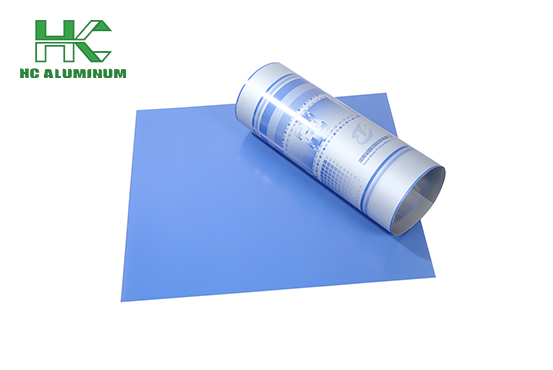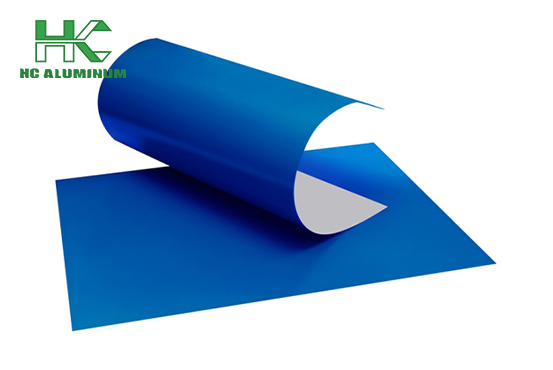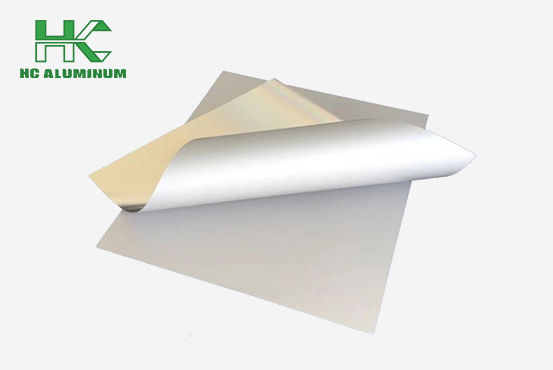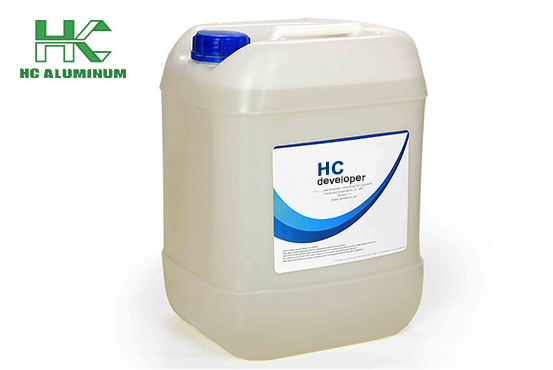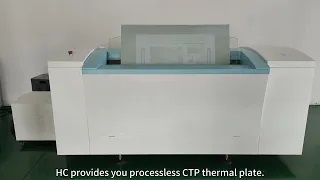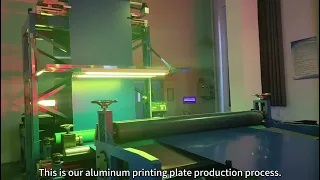Are CTP Plates Good or Not
Due to the characteristics of CTP technology, the steps of film production are saved, which greatly saves the production cycle. The CTP process has a fast feedback speed. If the printing plate of traditional film products is put on the printing machine and some problems are found, it is impossible to modify and change the plate in a short time, which will eventually cause production delays and other consequences. For CTP printing, it is just like a piece of cake.
Compared with ordinary PS plates, the printing life of CTP plates can reach more than 200,000 sheets. In other words, for jobs with a large number of sheets, using CTP plates can save a lot of costs to a certain extent. In addition, CTP technology is more conducive to file restoration, the dot level is clearer, the performance is more accurate, and it provides the possibility of making good frequency modulation networks.
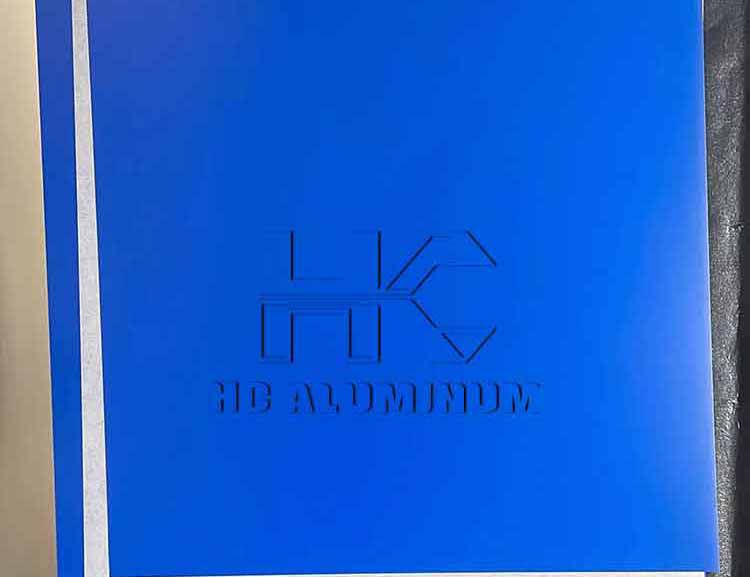
With so many CTP plates on the market, from which aspects should we evaluate CTP plates? What kind of CTP plate can meet our printing quality requirements?
Dot reproduction
Dots are the basis for printing and reproducing graphic information. The quality of the plate dots will directly affect the quality of the dots on the printed product, and then affect the reproduction of the entire printing process. Therefore, it is very important to choose a plate with good dot reproduction.
The dots of CTP plates are composed of grains, just like traditional PS plates. In order for CTP plates to achieve 1% to 99% dot reproduction, the grains of the plate base must be fine enough, because the finer the grains, the more grains supporting the dots in the highlight part, the more solid the dots.However, the grain size of the dots cannot be too fine. If the grain size is too fine, the ink balance width of the plate during printing is small, which is not conducive to the control of printing quality.
Line reproduction
The line reproduction ability of the plate usually includes two aspects, the reproduction of ultra-fine lines and the size of the positive and negative lines. The reproduction of ultra-fine lines is closely related to the size of the plate's grain, especially the uniformity of the grain, because only the line edge supported by the uniformly distributed grain can be smooth. The size of the positive and negative lines is mainly determined by the coating thickness of the printing plates.
Ink affinity
The ink affinity of the plate refers to the property that the image part of the printing plate can be selectively inked by the ink transfer roller. The thickness of the ink on the printing plate will directly affect the thickness of the ink on the rubber blanket and paper, and the amount of ink transferred to the printing plate depends on the ink affinity of the printing plate.
CTP plates with good ink affinity are very important. To improve the ink affinity of CTP plates, the photosensitive material of the image part of the printing plate should have chemical properties that are close to those of the pigments, resins and solvents in the ink.
Hydrophilicity
The hydrophilicity of the plate refers to the property of selectively retaining water on the non-image part of the printing plates. The amount of water in the printing should not be too much or too little. At present, the main base material of CTP plates is aluminum, which is hydrophilic in itself, and the surface is ground to form a porous surface, which increases the total surface area and ultimately improves the hydrophilicity.

